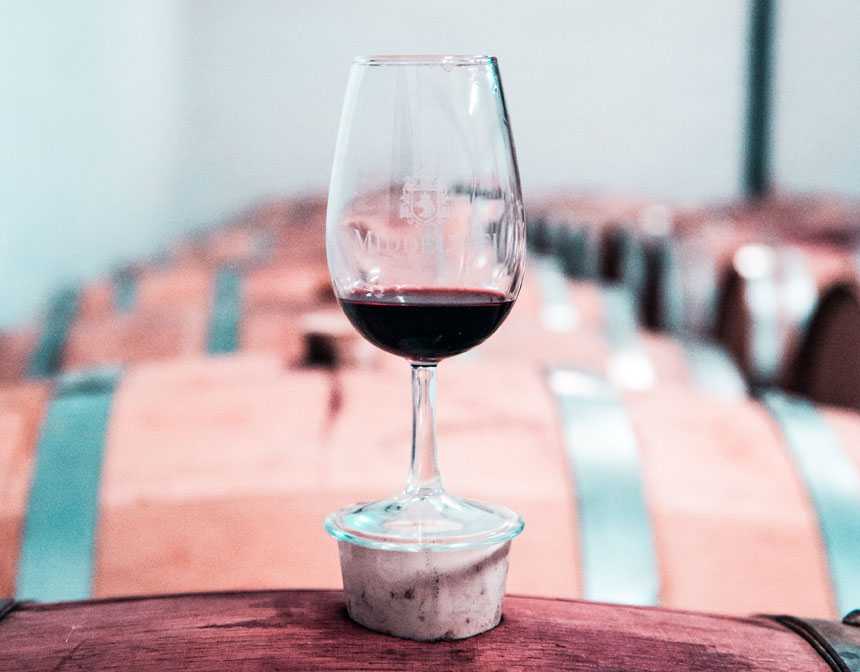A Dive into the Origins of Black Bean and Corn Salsa
The marriage of black beans and corn in a salsa is a nod to the ancient culinary traditions of Central and South America. Both black beans and corn, or maize, have roots that go back thousands of years in these regions. The black bean and corn salsa recipe we enjoy today is a fusion of these ancient foods, reimagined for modern tastes. This delightful combination not only offers a burst of flavors but also pays homage to the rich history of indigenous agriculture and culinary artistry.
Why the Black Bean and Corn Combo Works
One might wonder why the combination of black beans and corn is so appealing. The answer lies in the contrasting textures and flavors they bring to the table. Corn provides a sweet crunch, while black beans offer a soft, earthy counterpoint. Together, they create a balance that is both satisfying to the palate and visually appealing. Moreover, the versatility of corn salsa with black beans means it can be easily adapted and tailored with the inclusion of other ingredients like peppers, onions, or herbs, making it a staple in many households.
The Global Popularity of Black Bean and Corn Salsa
While its origins can be traced back to Central and South American cuisines, black bean and corn salsa has found fans across the globe. Its popularity in North America, especially in the southwestern United States, has soared in recent decades. Festivals, cook-offs, and even gourmet restaurants have embraced this salsa, showcasing its adaptability and universal appeal. Whether served as a dip, a salad, or a garnish, this salsa's blend of nutrition and flavor ensures it has a rightful place in the world of cherished recipes.
Can You Eat Black Beans Out Of The Can?
Yes, you can eat black beans directly out of the can, as they are already cooked. However, there are some considerations and steps you might want to take before consuming them:
Rinsing: It's a good idea to drain and rinse canned black beans before consuming them. Rinsing can help remove some of the excess sodium and the starchy liquid (often called "aquafaba") that the beans are packed in.
Taste and Texture: While canned black beans are fully cooked and safe to eat straight from the can, heating them can improve their flavor and texture.
Check for Spoilage: Ensure that the can is not dented, bulging, or damaged, and always check the expiration date before consuming its contents. Upon opening, if you notice an off or sour smell, it's best to discard the beans.
Sodium Content: Many canned goods, including black beans, can be high in sodium. If you're watching your sodium intake, look for cans labeled "no salt added" or "low sodium." As mentioned, rinsing the beans can also help reduce the sodium content.
Nutritional Value: Canned black beans retain most of their nutritional value, making them a good source of protein, fiber, and essential minerals like iron and magnesium.
In summary, while you can eat black beans straight from the can, rinsing and heating them can enhance their flavor and texture. Always check for any signs of spoilage before consuming.
Do You Have To Cook Canned Black Beans?
No, you don't have to cook canned black beans before consuming them, as they are already cooked during the canning process. However, there are reasons why you might want to prepare or heat them before use:
Flavor and Texture: Heating the beans can enhance their flavor and make their texture more palatable, especially if you're adding them to warm dishes.
Rinsing: Draining and rinsing the beans can help remove the starchy liquid (often called "aquafaba") they are packed in. This can reduce the overall sodium content (if salt is added to the can) and can also eliminate any canned or metallic taste the beans might have.
Digestion: While this doesn't require cooking, rinsing canned black beans might help some people digest them better by washing away some of the oligosaccharides—types of carbohydrates that can cause gas.
Recipe Requirements: Some recipes might call for the beans to be simmered with other ingredients, even if the beans are already cooked. This allows the flavors to meld.
In short, while it's not necessary to cook canned black beans, heating or rinsing them can improve their flavor, texture, and digestibility, depending on the intended use.
Is Corn And Black Beans Healthy?
Absolutely! Both corn and black beans are nutritious foods that offer a variety of health benefits:
Black Beans:
- Rich in Protein: Black beans are a good source of plant-based protein, making them particularly valuable in vegetarian and vegan diets.
- Dietary Fiber: They are high in fiber, which aids in digestion, helps maintain healthy blood sugar levels, and can lower cholesterol.
- Minerals: Black beans provide key minerals like iron, magnesium, and zinc.
- Antioxidants: They contain flavonoids, a type of antioxidant that can help combat oxidative stress in the body.
- Folate: Black beans are a good source of folate, a B-vitamin that's crucial for cell division and the formation of DNA.
Corn:
- Carbohydrates: Corn is a good source of carbohydrates, which provide energy.
- Dietary Fiber: Like black beans, corn also contains dietary fiber, beneficial for digestive health.
- Vitamins: Corn is a source of B-vitamins, particularly B1 (thiamine) and B5 (pantothenic acid), as well as vitamin C.
- Antioxidants: It contains beneficial antioxidants like lutein and zeaxanthin, which can support eye health.
- Minerals: Corn provides phosphorus and magnesium, which are essential for various bodily functions.
Together, in dishes like black bean and corn salsa:
Balanced Meal: Combining black beans and corn can create a more complete amino acid profile, as the beans and grains complement each other's protein content.
Fullness: The combination of protein and fiber can help you feel fuller for longer, potentially aiding in weight management.
Taste and Texture: From a culinary perspective, the combination of black beans' creamy texture and corn's sweetness and crunch creates a delightful contrast.
However, as with all foods, it's essential to consume them as part of a balanced diet. Also, preparation methods can influence the health benefits. For instance, frying corn in oil will add extra calories and fat, while adding excessive salt or sugary dressings can diminish the health benefits of the dish.
Is Black Bean Sauce High In Calories?
Black bean sauce, a popular condiment in Chinese cuisine, is made from fermented black beans (douchi), garlic, soy sauce, and other seasonings. The caloric content of black bean sauce can vary based on its specific ingredients and preparation methods.
Generally, black bean sauce is moderately caloric. Here's a breakdown of its nutritional content:
Black Beans: The primary ingredient, black beans, are nutrient-rich and provide protein and fiber. However, because they're fermented in the sauce, some of the nutritional benefits may be altered.
Oil: Some versions of black bean sauce contain oil, which increases the calorie count. Oil, especially if used generously, is calorie-dense, providing about 120 calories per tablespoon.
Sugar: Some commercially-prepared black bean sauces may contain added sugars, which can also contribute to the overall calorie content.
Salt: While salt doesn't contribute to the calorie content, many black bean sauces are high in sodium due to the fermentation process and the addition of soy sauce.
A typical serving of black bean sauce (around one tablespoon) might contain anywhere from 20 to 60 calories, depending on the brand and specific ingredients. Always check the nutritional label if you're watching your calorie intake or opt for a homemade version where you can control the ingredients.
While black bean sauce does have calories, it's also rich in flavor, so a little can go a long way in enhancing a dish. As with all condiments and sauces, moderation is key. If you're using it occasionally to flavor dishes and doing so in reasonable amounts, it can fit into a balanced diet.
What To Serve with Black Bean Corn Salsa?
Black Bean Corn Salsa is a versatile and flavorful dish that can complement a variety of dishes. Here are our delicious recipes that you can serve with Black Bean Corn Salsa:
Tortilla Chips: The classic choice! Serve Black Bean Corn Salsa with a bowl of crispy tortilla chips for a fantastic appetizer or snack.
Tacos: Use the salsa as a delicious topping for your favorite tacos, whether they're filled with grilled vegetables, chicken, beef, or fish.
Burritos or Quesadillas: Enhance the flavors of your burritos or quesadillas by adding a scoop of Black Bean Corn Salsa inside or serving it on the side.
Grilled Meats: Pair the salsa with grilled chicken, steak, or pork for a burst of fresh and tangy flavors that balance the richness of the meat.
Seafood: Top grilled or baked fish with Black Bean Corn Salsa to add a vibrant and zesty element to your seafood dish.
Salads: Mix the salsa into a leafy green salad for an extra layer of taste and texture. It's particularly delicious with salads featuring avocado or mixed greens.
Rice or Grain Bowls: Add a spoonful of Black Bean Corn Salsa to your rice or grain bowls to elevate them with a pop of color and flavor.
Guacamole: Spoon the salsa over halved avocados for a quick and nutritious snack or light lunch.
Grilled Vegetables: Serve the salsa alongside grilled vegetables like zucchini, bell peppers, or eggplant for a refreshing side dish.
Cilantro-Lime Rice: Spoon Black Bean Corn Salsa over a bed of cilantro-lime rice for a colorful and flavorful side dish.















































